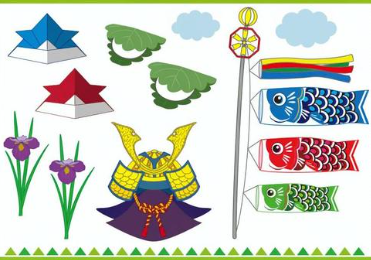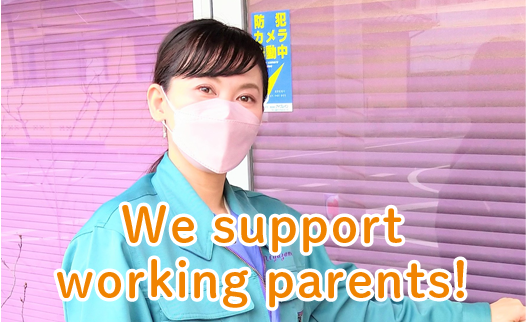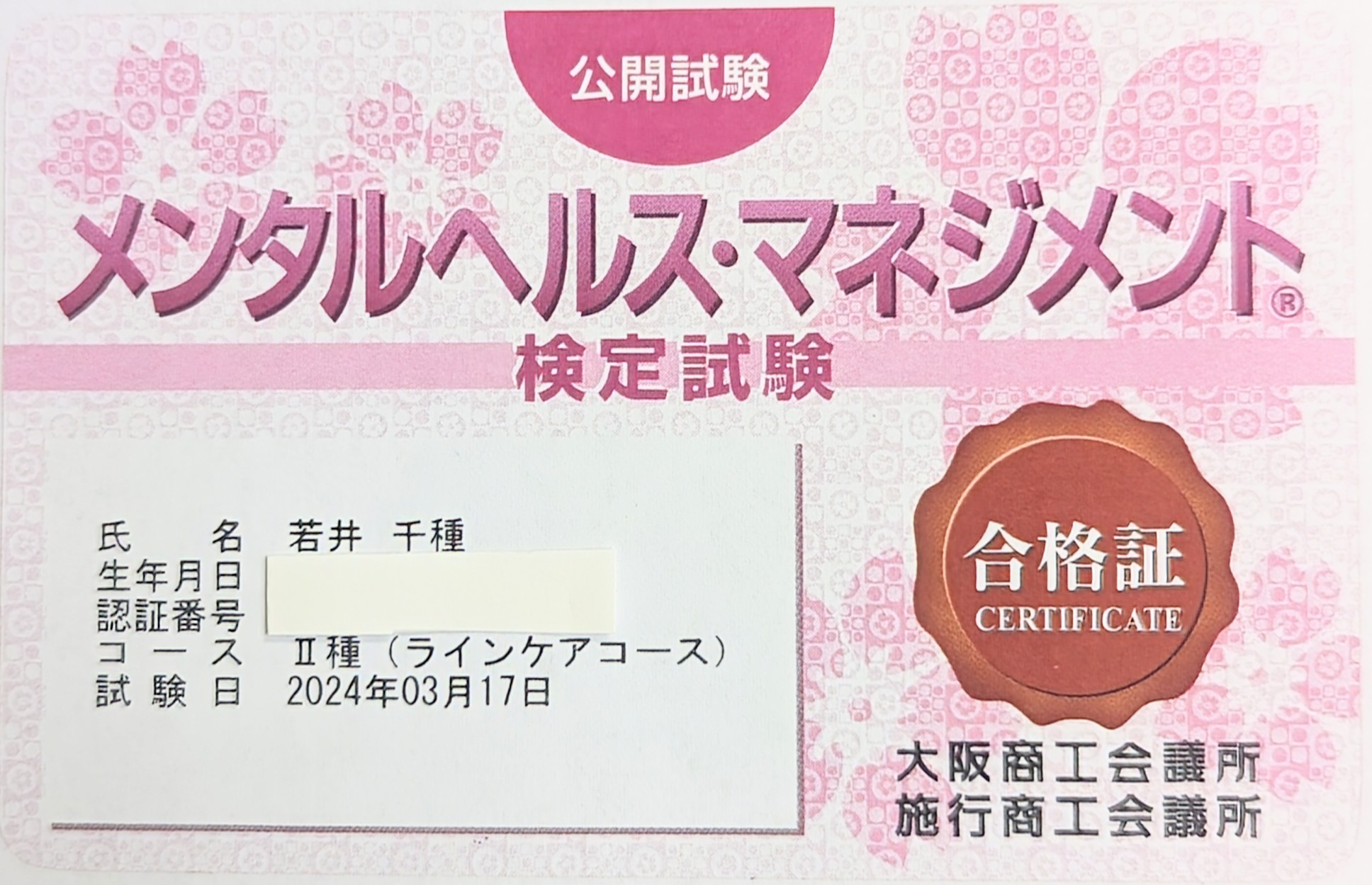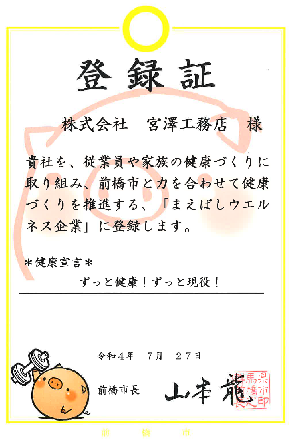2025-04-29
TANGO-NO-SEKKU
5th of May is 『TANGO-NO-SEKKU』 and 『Children's Day』 in Japan. 『Children's Day』 is a holiday and both events are likely to be confused as a same event although they are different events.
『TANGO-NO-SEKKU』
The event is to celebrate a birth of a boy and to wish him to grow up healthy and well. It has originally come from China. In China, May was considered as 『AKU-GETSU (Bad month) 』 because people believed diseases are most carried out and had server affects. Therefore 『5』 is often believed to be a bad luck. And the 5th of May was called 『AKU-GETSU (Bad month) AKU-NICHI (Bad day) 』. People wished for health and wellbeing as well as avoiding bad lucks by displaying irises on the gate or a front door, bath in an iris bath, and drink iris alcohols as irises are believed to be a medicine and have power to dismiss bad lucks and diseases. The events 『GOSEKKU (5 seasonal festivals) 』 in China are to eat each seasonal foods to receive its power to avoid and remove evil spirits.
『GOSEKKU (5 seasonal festivals) 』
・7th of January (people's day・7 herbs festival)
・3rd of March (girls' day・peaches festival)
・5th of May (boys' day・irises festival)
・7th of July (the star festival・bamboo festival)
・9th of September (Chongyang festival・chrysanthemums festival)
The name of the festival changed to a different KANJI with the same sound in time. And 『TANGO-NO-SEKKU (boys' day) 』was brought into Japan in NARA era. Back in the days, there was a custom of 『SATSUKIMI』 that before rice planting, young women stay in a shrine to get negative energies off as well as wishing for a bountiful harvest. It seemed to have matched with the original Chinese custom.
In KAMAKURA era, TANGO-NO-SEKKU became popular amongst SAMURAI class families. It started to be called 『SHOBU-NO-SEKKU (irises festival) 』as irises and martial spirit are both pronounced 『SHOBU』. Then in EDO era, the shogunate government set 『TANGO-NO-SEKKU』 as an official festival and it spread to all over Japan. TANGO-NO-SEKKU became a ceremony to celebrate boy's birth and to wish for his health and wellbeing by displaying 『KOINOBORI (carp-shaped streamers) 』and 『GOGATSU-NINGYO (ornamental samurai armors/doll) 』, eating 『KASHIWA rice cakes』 and 『CHIMAKI (a rice dumpling wrapped in bamboo leaves) 』, and bathing in an iris bath. People now days often take a former picture of a family and have a gorgeous meal.
『Children’s Day』
5th of May is also the children's day which is an official holiday in Japan since 1948. The government decided it to be 『Children’s Day』 the holiday to 『respect children's individual thoughts and rights, ensure their happiness, and thank their mothers』. The day is for all children and mothers where 『TANGO-NO-SEKKU』 is especially for boys.
『TANGO-NO-SEKKU』 and 『Children's Day』 are different, however they are both wishing for children's health, happiness, and wellbeing. We wish for all children to be happy and well.
Reference: Japan Culture Lab
https://jpnculture.net/tangonosekku/










